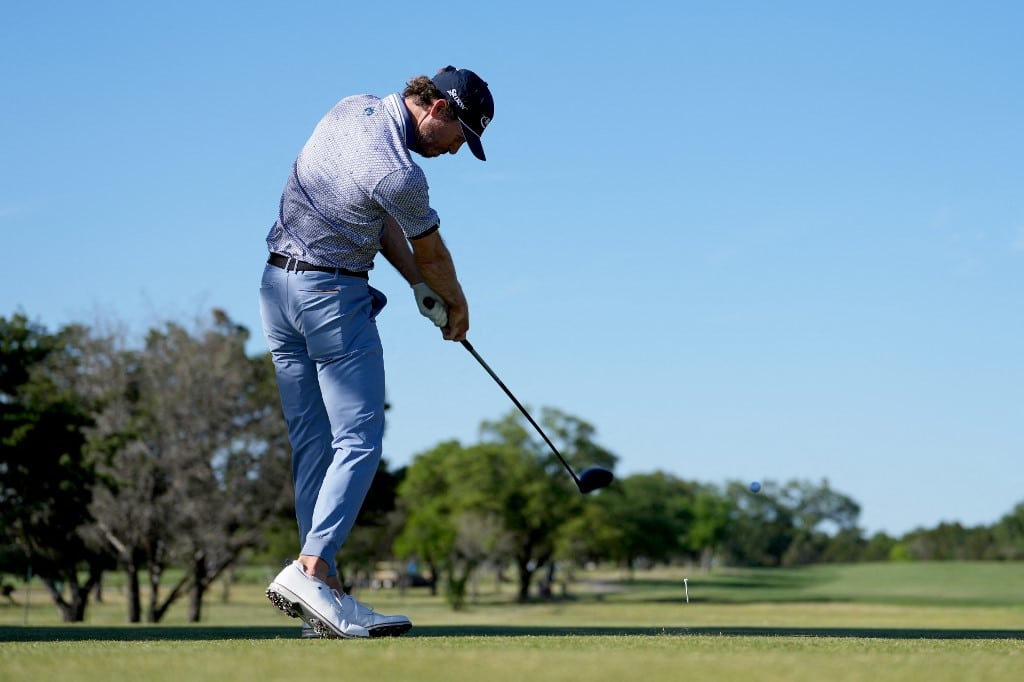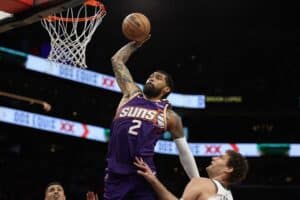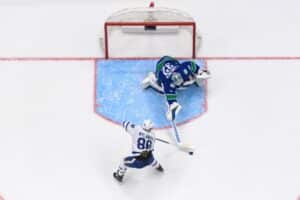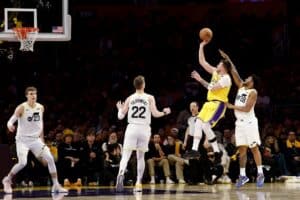For those who bet golf at online sportsbooks, there are basically three periods of time:
- The first two months of the season.
- The four majors.
- The rest of the time starting in March until the Tour Championship in late August.
Hardcore golf advocates might still bet on the “new season”, which begins in the fall and every other year the President’s Cup and Ryder Cup catch everyone’s attention. And lest we forget, LIV Golf might attract a bit more attention moving to FOX Sports.
Nonetheless, the weekly PGA Tour is the main attraction along with majors.
Just like other sports, the entire season should not be treated equally throughout the year. For wagering purposes, understand there are different aspects to consider and be wagered on accordingly. That is why we suggest looking at January and February differently from the rest of a golf year and setting up your bets to match the differences.
Start Slow Until You Have More Information
As we almost always preach, be more selective in the early part of the year.
This is particularly true for the first month. While professional golfers don’t take a large amount of time away from the game like a baseball or football player, other than the occasional fall tournament or overseas event with an enormous purse, most top players don’t play much “tournament” golf in the fall.
That’s not to say they are not working on various parts of their game, think of it like spring training in baseball. Yes, the pitching is live and they are playing an actual game, but the competitive part is not the same as the regular season.
The same is true for PGA pros. Plus, last year’s results help create a snapshot, but every new year is different. So make a small wager on just a couple of players weekly and it’s probably best to do Top 10 or Top 20 to give yourself wiggle room.
Once March arrives and most players have at least three tourneys under their belt, you are working with better data in terms of performance.
Understanding the Players
In the initial part of the season, the courses and the setups are rather simple. In most tournaments today, the pros need to shoot 20-under or lower to finish in the Top 10 outside the Farmers Insurance Open (Torrey Pines) and The Genesis Invitational (Riveria C.C.).
Two things are important to know about players:
- Not every golfer is mentally built to go “low” over four days.
- There are plenty of golfers on the tour who are fantastic in greens in regulation, but are not accustomed to hunting pins and go after birdies hole after hole in often shorter or simpler layouts.
It’s not their nature and names like Nick Price or Nick Faldo come to mind as great players on challenging courses, who didn’t seem to have the mentality to attack every hole, chasing birdies and eagles. Look for individuals having the skill to fire at the stick regardless of the outcome and those who don’t. This has to figure in your golf handicapping.
The Greens Are Different Out West
In the west, the greens are normally a mixture of Poa annua, bent grass, and zoysia. This type of grass lends itself to slower greens with not as much break compared to Bermuda. That’s not to say the putting surfaces have no break, but when the grass is a little thicker, the dimples in the ball grab just a bit more, this slows the ball speed and reduces the break for how the green is contoured.
Golf pros who grew up playing on those greens can have a distinct advantage, comprehending the breaks and the speed better than a player used to the greens in Florida. That is often why the same names show up on leaderboards the first couple of months as their skill set is better suited to the greens and thicker (not longer) grass in fairways.
Study past results and determine who putts well and who doesn’t on these greens. (Note: If a major is held out West in the spring or summertime, the courses and greens can play differently than the cooler temperatures you’ll find in the winter months.)
Follow these betting tips to improve your chances of profiting early in a new golf betting season.








